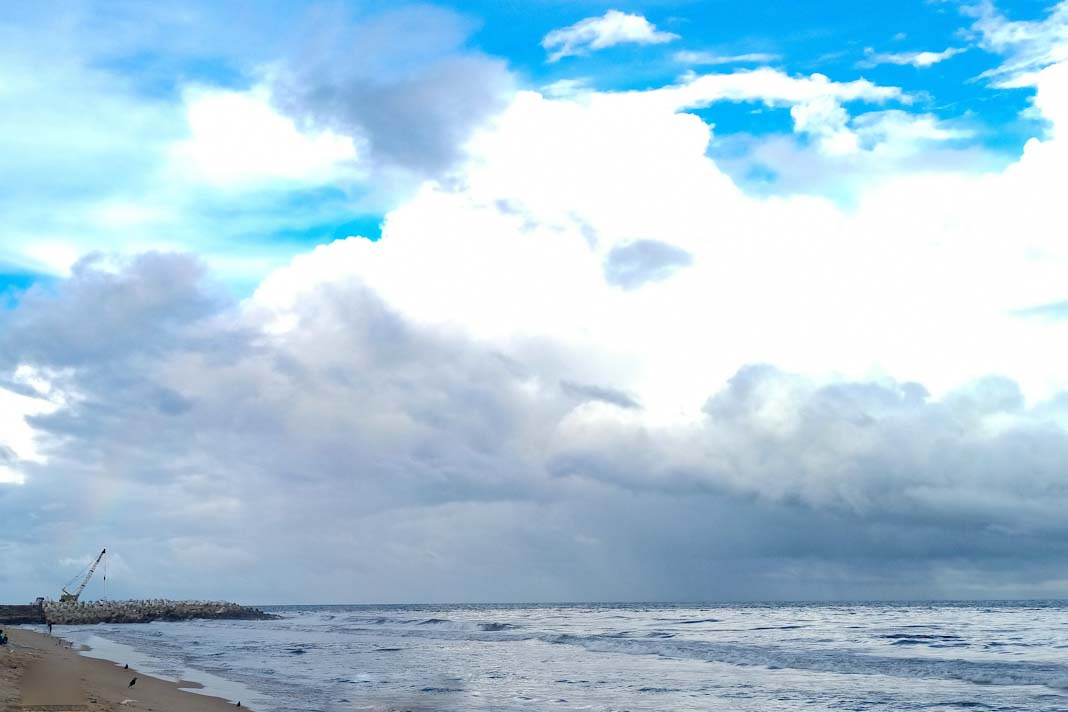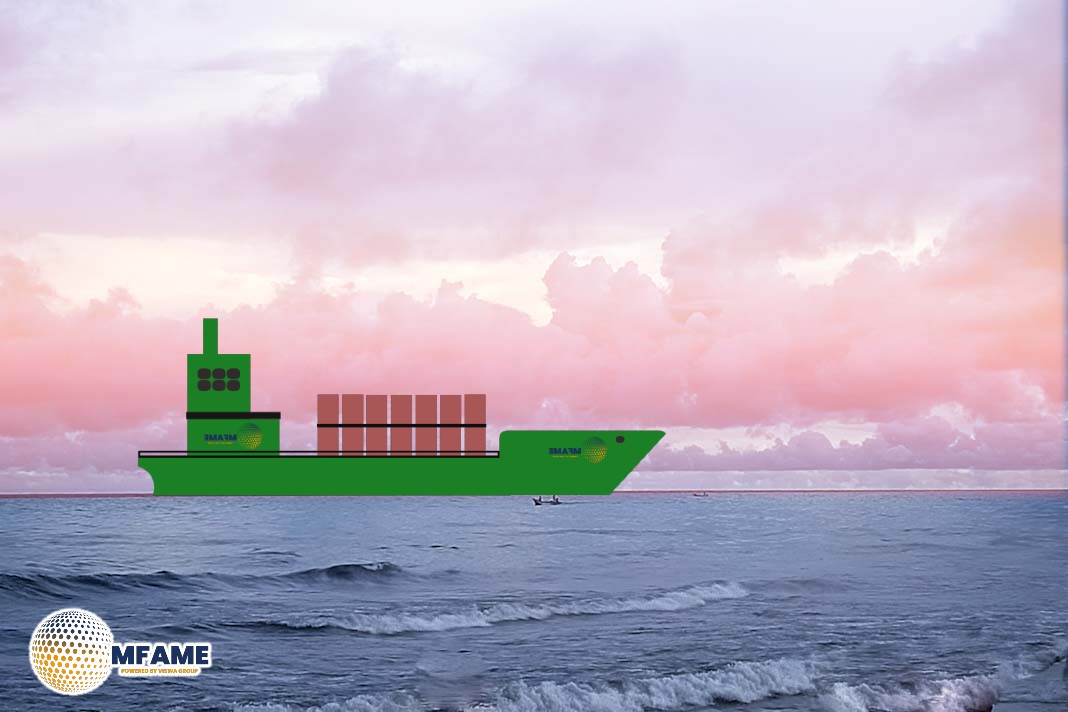
- Colonel’s Island Terminal is the busiest U.S. RoRo port, handling over 2 million tons in 2024.
- $262 million invested in warehousing, storage, and a fourth RoRo berth.
- New railyard triples capacity to 590,000 vehicles annually.
- 20-year deal with Wallenius Wilhelmsen strengthens Brunswick’s RoRo dominance.
- Larger RoRo vessels (10,800+ CEUs) expected, driving port expansions.
At the Brunswick State of the Port event, Georgia Ports Authority (GPA) President and CEO Griff Lynch announced that Colonel’s Island Terminal has become the nation’s busiest port for autos and heavy equipment, handling over 2 million tons of Roll-on/Roll-off (RoRo) cargo in 2024. The port also led in RoRo exports, processing 600,000 tons last year.
Major Infrastructure Developments
To support growing trade volumes, GPA completed $262 million in improvements, adding warehousing, processing facilities, and 122 acres for RoRo cargo storage. A new railyard is under construction, and a fourth RoRo berth is in the planning stage, set for completion by 2027.
Enhanced Rail Connectivity
A new rail facility will increase annual capacity from 150,000 to 340,000 vehicles by mid-2025, with a second phase boosting it to 590,000 units. These upgrades will improve inland connectivity and reduce costs for manufacturers.
Strengthening Industry Partnerships
In 2024, GPA signed a 20-year agreement with Wallenius Wilhelmsen, consolidating its Georgia logistics operations at Brunswick. This aligns with GPA’s strategy to dedicate Brunswick to RoRo cargo and Savannah to container trade, enhancing efficiency and long-term growth.
Growing Market Demand and Larger Vessels
Auto exports and imports are rising, fueled by increased manufacturing activity in the U.S. Southeast. The port is preparing for next-generation RoRo vessels, exceeding 10,800 CEUs, in response to evolving industry trends.
Harbor Improvement Projects
Federal and state investments are funding crucial shipping channel upgrades, including widening bends, expanding the turning basin, and dredging operations to maintain a 36-foot inner harbor and 38-foot outer harbor depth. These enhancements will support the safe and efficient movement of larger vessels.
Did you subscribe to our daily Newsletter?
It’s Free Click here to Subscribe!
Source: Georgia Ports Authority























